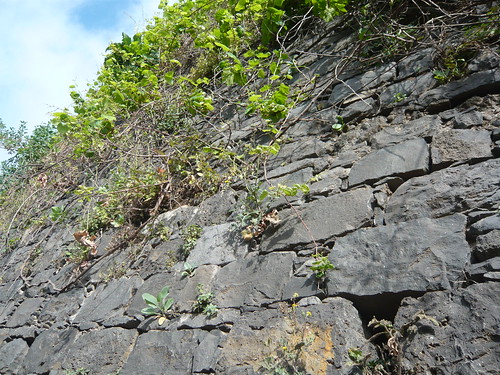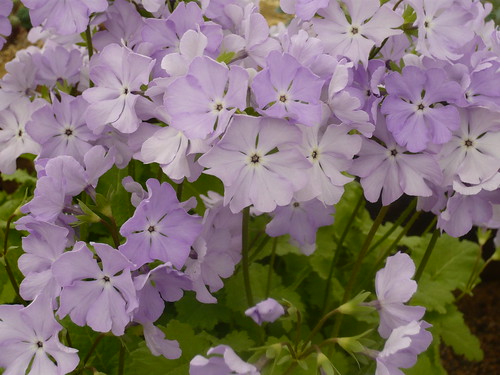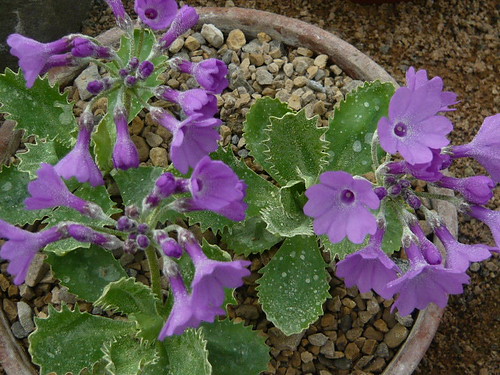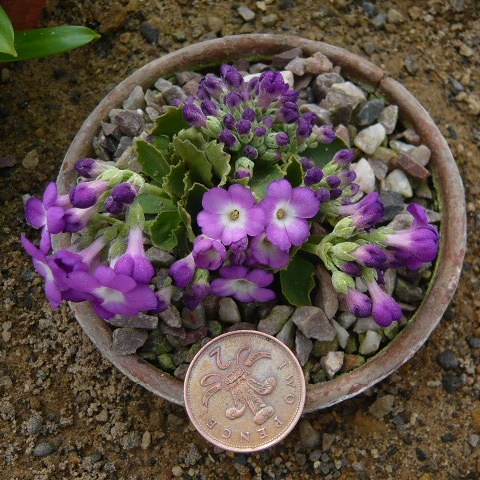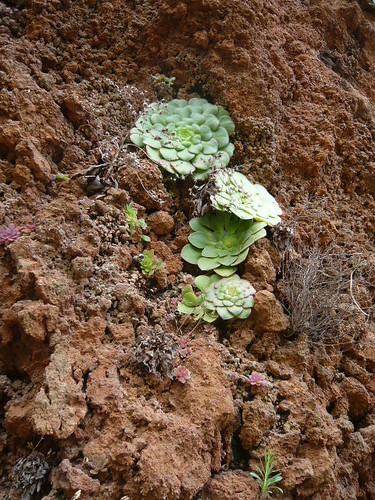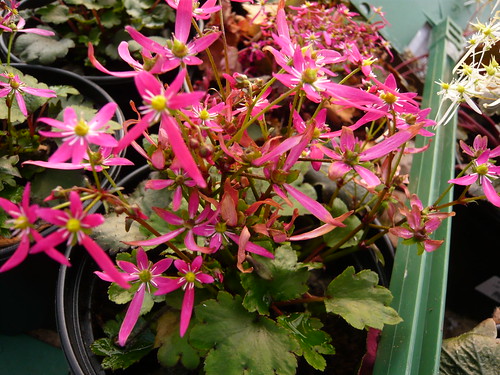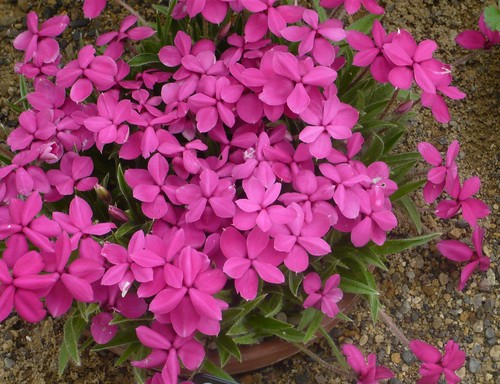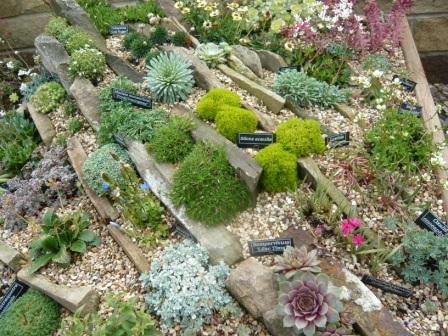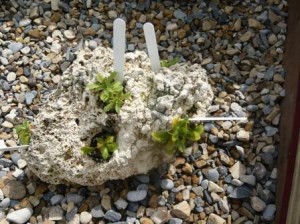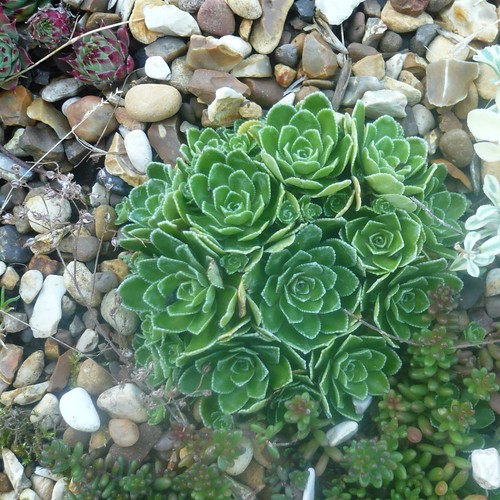Dry Stone Wall Planting
Crevice gardens are all the rage at the moment. The careful alignment of rocks can create some interesting locations for alpine and rockery plants. They are also very good for helping wild life to thrive.
See pictures of the Alpine Garden society rock supplier.
Other crevices can arise naturally or be created in the environment. These very high retaining walls are on a roadside but have been left like a dry stone wall. Rubble and soil are piled inside the stone which has been cut and faced. Between the stone a variety of plants are colonising the area.
You can create your own dry stone wall or crevice garden from a stone and a bank of soil.
Features of a Dry Stone Wall.
- Water runs freely through the retaining wall and is not trapped on the leaves of plants that are susceptible to rot.
- The soil is often poor in nutrients and is attractive to plants that thrive on those conditions.
- Moss and lichen will colonise the damp shaded places but in the full sun other plant variety will grow.
- Parts of the wall will be hot and dry so the plant selection should bear these conditions in mind.
- Insects and birds can use dry stone wall for food and shelter. Leave some uncut grass at the foot of the wall
- Height is not crucial but the wall needs to be at least a foot thick.
- Local rocks are best and will dictate the ph of the conditions.
